There’s something magical about wildlife. The thrill of seeing a creature in its natural habitat, the rustle of leaves as an animal moves through the underbrush, and the sounds of nature weaving together create a symphony that resonates deeply within us. This connection to the wild often inspires our travels, driving us to seek out the places where we can witness these incredible beings up close. Nature has a way of humbling us, reminding us of our place in the world and the importance of conservation.
With so many unique species at risk, understanding their habitats and the efforts to protect them becomes vital. This post is about national parks to see endangered animals, where we can support wildlife conservation while experiencing the thrill of wildlife travel.
Table of Contents
Wildlife Travel
Wildlife travel isn’t just about seeing animals; it’s about immersing ourselves in ecosystems that are often fragile and under threat. As we journey through these pristine environments, we gain insight into the delicate balance of life and the urgent need for wildlife conservation. Imagine standing silently in a forest, the air thick with anticipation, as you wait for a glimpse of an endangered species. Each trip becomes a personal narrative of discovery, deepening our appreciation for nature and its wonders.
The allure of wildlife travel is also in the stories we share with fellow adventurers. Whether it’s spotting a rare bird, witnessing the majesty of a large mammal, or simply enjoying the serenity of a wildlife sanctuary, these experiences foster a sense of community among travellers. We become advocates for the environment, driven by our encounters to promote conservation efforts. Each adventure not only nurtures our souls but also ignites our commitment to protecting the planet for future generations.
Endangered Animals
Endangered animals evoke a mixture of awe and concern. When we think of these magnificent creatures, we’re reminded of the fragility of life and the pressing challenges they face. The loss of habitat, poaching, and climate change are just a few factors threatening their survival. Our travels can play a crucial role in wildlife conservation by raising awareness and supporting initiatives aimed at protecting these species.
- Unique Experiences: Seeing endangered animals in their natural habitats creates unforgettable memories.
- Support Conservation: Visiting national parks and wildlife sanctuaries directly contributes to conservation efforts.
- Educational Opportunities: Engaging with wildlife experts during safaris deepens our understanding of ecosystems.
- Community Engagement: Traveling to these areas helps bolster local economies, fostering community support for wildlife conservation.
Travelling to see endangered animals isn’t merely a leisure activity; it becomes a meaningful endeavour, combining adventure with purpose. The connection formed with nature during these journeys instils a lasting passion for wildlife conservation. It invites us to be part of the solution, promoting sustainability in our everyday lives and inspiring others to join us in protecting our planet’s rich biodiversity.
National Parks To See Endangered Animals
When it comes to national parks to see endangered animals, few experiences compare to witnessing these species thrive in their natural environments. These parks not only serve as sanctuaries for wildlife but also as vital centres for conservation education. They provide opportunities to engage with wildlife, often revealing species that are otherwise elusive. Engaging in wildlife travel helps us develop a deeper appreciation for the environment and the species we share it with.
Imagine embarking on a safari at dawn, the sun rising over the horizon as you journey through vast landscapes teeming with life. National parks dedicated to protecting endangered species offer unparalleled opportunities to connect with nature. From majestic elephants to elusive snow leopards, each sighting reinforces our commitment to wildlife conservation. These parks are a call to action, reminding us of our responsibility to protect these incredible animals and their habitats for generations to come.
List Of National Parks To See Endangered Animals
Here is a list of some of the best national parks to see endangered animals:
- Yellowstone National Park, USA
- Amboseli National Park, Kenya
- Borneo Rainforest, Malaysia
- Chobe National Park, Botswana
- Bandhavgarh National Park, India
National Parks To See Endangered Animals: Detailed Insights
Exploring national parks dedicated to endangered animals offers a unique opportunity to witness these magnificent creatures in their natural habitats while supporting vital conservation efforts. Each park not only showcases diverse ecosystems but also plays a crucial role in protecting species at risk, fostering a deeper connection between travellers and the natural world.
Yellowstone National Park, USA
Yellowstone National Park, established in 1872, is not only the first national park in the United States but also a pioneer in conservation efforts globally. Spanning over 3,400 square miles, it is home to a rich tapestry of ecosystems, from geothermal areas and lush forests to expansive grasslands. This diverse environment supports a wide array of wildlife, including many endangered species.
The park’s famous geothermal features, like Old Faithful, add an extra layer of intrigue, making it a must-visit destination for wildlife travel enthusiasts. Visitors have the chance to explore its rugged beauty while discovering the incredible biodiversity that thrives here.
The experience of witnessing wildlife in Yellowstone is profoundly moving. Early morning safaris offer an ethereal atmosphere as mist rises from the rivers and the sun casts golden rays through the trees. Wildlife watchers often gather at popular viewing points, sharing excitement over the possibility of spotting grey wolves or the majestic bison that roam freely.
The park’s commitment to wildlife conservation means that travellers are not just observers but participants in preserving the delicate balance of this natural sanctuary. As you embark on your journey here, you’ll come away with unforgettable memories and a deeper understanding of the critical importance of protecting these endangered animals.
Nearest Airport: The nearest major airport is Jackson Hole Airport (JAC), approximately 60 miles from the park.
How to Reach: From the airport, car rentals and shuttle services are available to take you to the park. It’s advisable to book in advance, especially during peak seasons.
Safari Details: While Yellowstone doesn’t offer traditional safari experiences, guided tours are available that provide opportunities to explore the park’s wildlife. These tours often include early morning or late evening excursions to increase the chances of spotting animals.
Wildlife Sightings: In Yellowstone, you may encounter endangered animals such as the grey wolf and the bison, along with other species like bears and elk. The variety of habitats within the park allows for a rich diversity of wildlife.
Ideal Duration: Spending at least 3-4 days is ideal for exploring the various regions of the park and participating in guided tours for optimal wildlife sightings.
Amboseli National Park, Kenya
Amboseli National Park is a gem in Kenya, famous for its stunning vistas and iconic wildlife, particularly its elephant herds. Nestled at the foot of Mount Kilimanjaro, the park spans about 151 square miles and is renowned for its breathtaking landscapes and diverse ecosystems. The flat plains, swamps, and rich grasslands create a haven for a variety of wildlife. Amboseli’s elephants, often seen traversing the park with Kilimanjaro in the backdrop, have become a symbol of wildlife conservation in Africa, showcasing the delicate balance between human presence and natural habitats.
Visitors to Amboseli are drawn not only by its stunning scenery but also by the chance to connect with conservation efforts aimed at protecting its endangered species. Guided safaris allow travelers to experience the park’s rich wildlife firsthand while learning about ongoing initiatives to safeguard the habitats and the creatures that call them home. As you embark on game drives, the thrill of spotting a family of elephants or observing a cheetah in action becomes a part of your personal wildlife travel narrative. The commitment to conservation in Amboseli provides visitors with a sense of purpose, knowing that their travels contribute to the protection of these magnificent animals.
Nearest Airport: The nearest major airport is Amboseli Airport (ASV), just a short drive from the park.
How to Reach: From the airport, local transport and safari vans can take you directly into the park. Many lodges offer shuttle services, making it convenient for visitors.
Safari Details: Amboseli is renowned for its incredible elephant population. Guided safari tours allow for close encounters with these majestic creatures, along with breathtaking views of Mount Kilimanjaro in the background.
Wildlife Sightings: In addition to elephants, you may also spot endangered species like the African wild dog, as well as cheetahs and a variety of bird species.
Ideal Duration: A 2-3 day stay is recommended to fully immerse yourself in the park’s stunning landscapes and diverse wildlife.
Borneo Rainforest, Malaysia
The Borneo Rainforest is one of the oldest rainforests in the world, known for its incredible biodiversity and vital role in the planet’s ecosystem. This tropical paradise, rich in flora and fauna, covers large parts of Malaysia, Indonesia, and Brunei.
It’s a treasure trove for wildlife enthusiasts, offering the unique opportunity to see some of the world’s rarest and most endangered species, including the iconic orangutan. The lush greenery, towering trees, and intricate waterways create an enchanting setting for a wildlife adventure, allowing travellers to connect with nature in its purest form.
Exploring the Borneo Rainforest is not just about spotting animals; it’s also about understanding the vital role these ecosystems play in global wildlife conservation. Guided jungle treks and river cruises immerse visitors in the habitat of endangered animals while highlighting the ongoing efforts to protect them from threats like deforestation and poaching.
The knowledgeable guides share invaluable insights into the delicate balance of this environment, enhancing the overall experience. As you navigate through the forest, the rustle of leaves and distant calls of wildlife add a sense of wonder and excitement, making it a memorable journey for all.
Nearest Airport: The nearest major airport is Kota Kinabalu International Airport (BKI).
How to Reach: From Kota Kinabalu, take a domestic flight to Sandakan, followed by a transfer to the rainforest lodges.
Safari Details: Guided jungle treks and river cruises provide opportunities to explore the unique ecosystems of Borneo’s rainforest, focusing on wildlife observation and education.
Wildlife Sightings: Borneo is home to endangered orangutans and pygmy elephants, along with other unique species such as proboscis monkeys and the Sumatran rhino.
Ideal Duration: Spending at least 4-5 days allows for a more in-depth experience of the rainforest and its diverse wildlife.
Chobe National Park, Botswana
Chobe National Park is a highlight of Botswana’s national park system, known for its vast elephant population and stunning river landscapes. Covering over 4,500 square kilometres, Chobe is not just a destination for wildlife enthusiasts; it’s a sanctuary for some of Africa’s most endangered animals.
The park is divided into distinct ecosystems, including woodlands, floodplains, and riverfront areas, providing a rich diversity of habitats that support a wide variety of wildlife. The interplay of the Chobe River and the park’s varied terrains creates breathtaking views and excellent opportunities for wildlife sightings.
What makes Chobe particularly special is its unique approach to wildlife travel. Visitors can explore the park through traditional land safaris or opt for river cruises that provide an intimate perspective of wildlife along the water’s edge. The chance to see elephants swimming, crocodiles basking, and numerous bird species makes for an unforgettable experience.
Guided tours educate travellers about conservation efforts in the region, making every trip not just an adventure, but also a meaningful contribution to wildlife conservation. The sense of connection forged with nature in Chobe leaves a lasting impression, reinforcing the importance of protecting these precious ecosystems.
Nearest Airport: The nearest major airport is Kasane International Airport (CBT).
How to Reach: From the airport, many lodges offer shuttle services, and private transport options are available to reach the park entrance.
Safari Details: Chobe is famous for its river safaris, where you can cruise along the Chobe River, offering unique perspectives on wildlife in their natural habitats.
Wildlife Sightings: Endangered species such as the African wild dog can be spotted, along with large populations of elephants, buffalo, and a myriad of bird species.
Ideal Duration: A stay of 3-4 days is perfect for exploring both land and river safaris, maximizing wildlife viewing opportunities.
Bandhavgarh National Park, India
Bandhavgarh National Park is a hidden gem in India, renowned for its incredible biodiversity and, in particular, its thriving population of Bengal tigers. The park, covering around 450 square kilometres, is set against a backdrop of ancient fort ruins and lush greenery, creating a unique blend of history and nature. Bandhavgarh is not only a haven for tigers but also home to a variety of other wildlife, including leopards, deer, and numerous bird species. The rich cultural history of the region, combined with its thriving ecosystems, makes it a fascinating destination for wildlife travellers.
The opportunity to observe tigers in their natural habitat is a major draw for visitors to Bandhavgarh. Guided jeep safaris allow for exciting encounters, while experienced guides share their knowledge about the park’s ecosystems and conservation initiatives. The thrill of spotting a majestic tiger or catching sight of other endangered animals creates unforgettable memories that resonate long after the trip ends. Bandhavgarh also plays a critical role in wildlife conservation efforts in India, and by visiting, travellers contribute to these initiatives, supporting the protection of these incredible species for future generations.
Nearest Airport: The nearest airport is Jabalpur Airport (JLR), approximately 160 kilometres away.
How to Reach: From Jabalpur, private taxis and buses can take you to the park. Several lodges offer pick-up services for added convenience.
Safari Details: Bandhavgarh offers jeep safaris led by knowledgeable guides, who help spot wildlife while sharing insights about the park’s ecosystems.
Wildlife Sightings: This park is known for its population of Bengal tigers, as well as other endangered species like the Indian leopard. Visitors may also encounter deer and various bird species.
Ideal Duration: Spending 3-4 days allows time for multiple safaris and the chance to explore the rich biodiversity of the park.
National Parks To See Endangered Animals – FAQs
Find here common questions about national parks to see endangered animals, including travel tips, wildlife sightings, conservation efforts, and visitor experiences.
What are some national parks to see endangered animals?
Parks like Yellowstone, Amboseli, and Bandhavgarh are notable for their diverse wildlife.
Why is wildlife conservation important?
It helps protect endangered animals and their habitats, ensuring biodiversity for future generations.
How can visiting national parks support wildlife travel?
Entrance fees and tourism activities contribute to conservation efforts and local economies.
Are there guided tours in these national parks?
Yes, most parks offer guided tours to enhance the wildlife travel experience.
What endangered animals can be seen in Chobe National Park?
Visitors may spot the African wild dog and large populations of elephants.
Is it safe to go on safari in these national parks?
Yes, guided safaris are generally safe, with trained professionals ensuring visitor safety.
What is the best time to visit these parks?
The best time varies by location, so researching each park’s peak seasons is essential.
Can children participate in wildlife travel?
Many parks offer family-friendly tours and activities designed for children.
How does wildlife travel help local communities?
It boosts local economies by providing jobs and supporting local businesses.
What should I pack for a trip to see endangered animals?
Essentials include comfortable clothing, binoculars, a camera, and sunscreen.
Are there accommodations near these national parks?
Yes, many parks have lodges and camps that cater to different budgets.
How can I contribute to wildlife conservation while travelling?
Choose eco-friendly tours, support local conservation efforts, and follow park guidelines to minimize your impact on the environment.
What are some activities besides safaris in these national parks?
Many parks offer hiking, bird watching, and educational programs focused on conservation.
Is it necessary to book safaris in advance?
Yes, especially during peak tourist seasons, it’s advisable to book safaris in advance to secure your spot.
Can I visit multiple national parks during a single trip?
Absolutely! With careful planning, many travellers manage to explore several national parks in one journey.
Exploring national parks to see endangered animals is not just a travel experience; it’s a chance to engage with the wonders of nature while supporting vital wildlife conservation efforts. Each adventure into the wild opens our eyes to the challenges faced by endangered animals and the ecosystems they inhabit. By immersing ourselves in these wildlife sanctuaries, we become advocates for the creatures we encounter, promoting awareness and action for their protection.
Traveling for wildlife isn’t just about the thrill of seeing an animal; it’s about understanding our role in their survival. As we share these experiences, we foster a greater appreciation for the beauty and diversity of life on our planet. Hope you liked this post about national parks to see endangered animals. Did you find the post helpful? Please share this post about national parks to see endangered animals with your friends and on your social media too.
Let’s embark on a journey of discovery together! Stay connected with us by subscribing to our blog and newsletter for the latest travel tips and captivating stories that inspire your wanderlust. Dive into our YouTube channel – Travel With Sandy & Vyjay – for a delightful glimpse into India’s rich cultural heritage and breathtaking landscapes. Here, you’ll find content covering everything from destinations to local cuisine, all aimed at igniting your travel dreams.
Connect with us on our vibrant social media platforms — Facebook, Instagram, X (formerly Twitter), LinkedIn, and YouTube — to share your thoughts, engage in lively discussions, and connect with fellow travellers. Don’t miss out on joining our energetic WhatsApp community where you can meet others who share your passion for adventure and culture. Explore our blog for endless inspiration and travel ideas, and together, let’s embrace the thrill of discovery and create meaningful connections!
As we reflect on the importance of wildlife travel and the role we play in conservation, what endangered species are you most passionate about? How do you think we can further support wildlife conservation efforts during our travels? Please share your thoughts in the comments below! We would love to know your thoughts!
We are a reader-supported site. This means, at no additional cost to you, we may earn a small commission if you book a flight or hotel, or make a purchase through one of our affiliate links. Thank you for your support!
Flights – Air India (Domestic) or Air India (International), or Priceline
Tours – Click to book top tours around the world. Book tours and activities here.
Experiences – Book your next unforgettable experience here, with flexible bookings and free cancellations. Reserve tours and activities now and pay later.
Hotels – Click to book the best hotels/resorts. Choose the best stay options with TripAdvisor or Hotels.com, or HotelsCombined
Travel Insurance – Click to book Travel Insurance that covers a range of travel insurance and safety services including medical emergencies, lost luggage, trip cancellation and more
Visas and Travel Documents Application – Click here for Online Travel Visa Check
Online Passport Photo – Get Your Passport Photo Online here
Do You Love Traveling?
Do you want to know how to travel the world? We have put together a very useful travel resources page with the best travel tips. Go check it out now. Thanks for visiting our site Voyager - imvoyager.com and taking the time to read this post! If you wish to collaborate/work with us then reach us at imvoyager18@gmail.com We’d love it if you’d comment by sharing your thoughts on this post and share this post on social media and with your friends. Follow our journey on our social media channels: Facebook X Instagram Pinterest YouTube
Start dreaming about your next adventure with Tripadvisor. Book your next unforgettable experience here with flexible bookings and free cancellations.
Flight booking online at the best fare
60+ Million Users Trust TripAdvisor With Their Travel Plans. Shouldn't You?
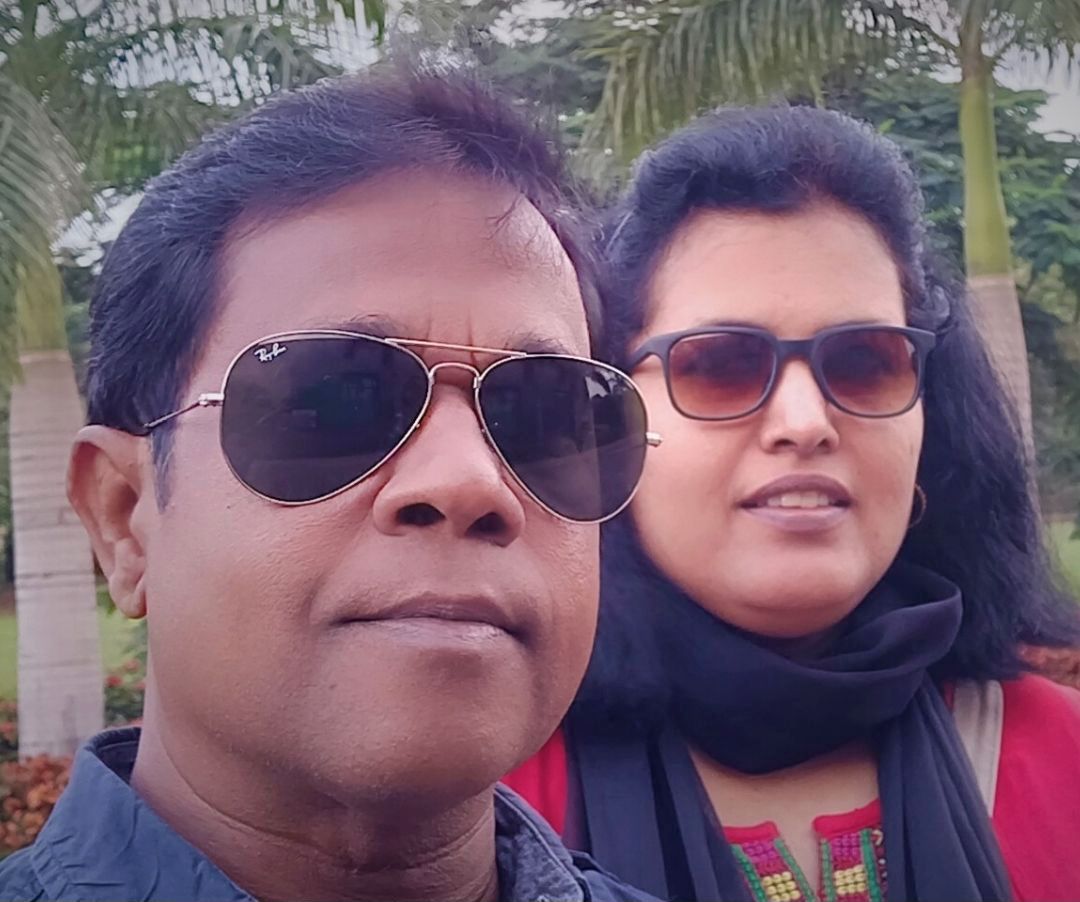
Sandy & Vyjay are a husband and wife duo who are travel content creators. They are co-founders of this travel website and are one of the leading travel content creators in India.
Sandy & Vyjay quit their successful corporate careers to pursue their passion for travel and writing full-time. Their dedication has earned them the “Best Travel Writer” award and numerous accolades on both national and international stages. Focusing on India’s destinations, heritage, and culture, they are passionate advocates for nature and the environment. Through their content, they promote ecotourism and sustainable travel, inspiring others to explore and preserve the beauty of India.
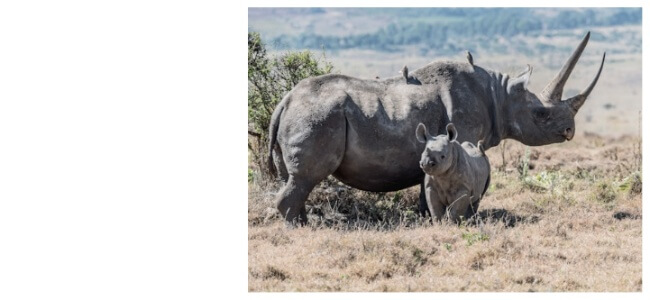
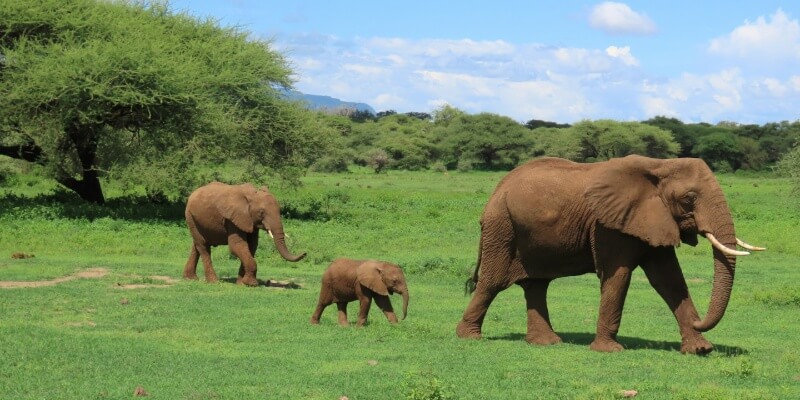
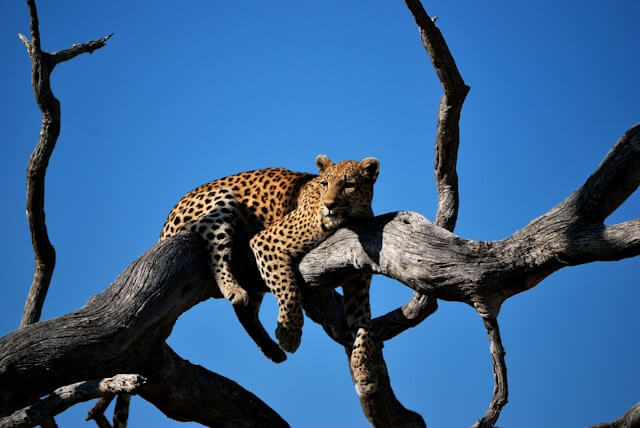


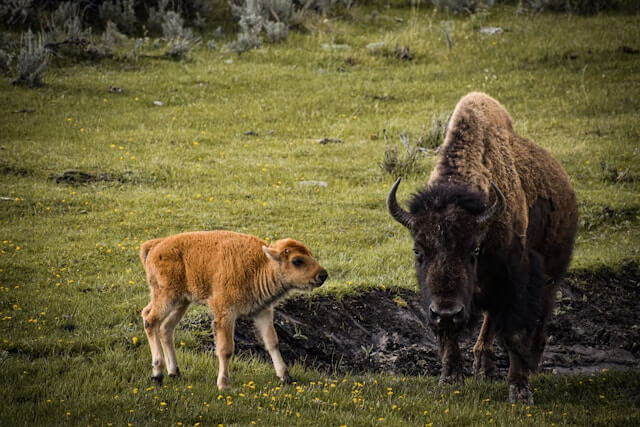
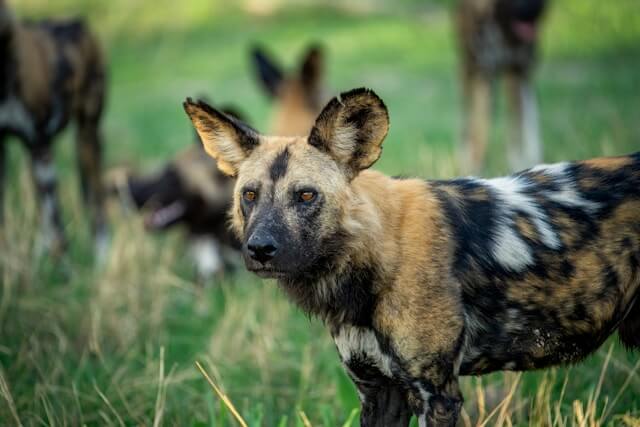

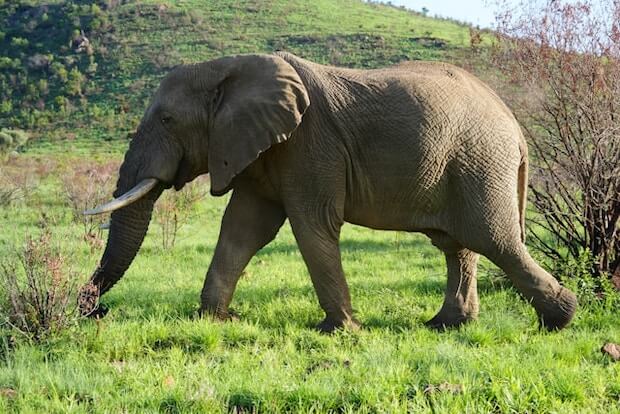
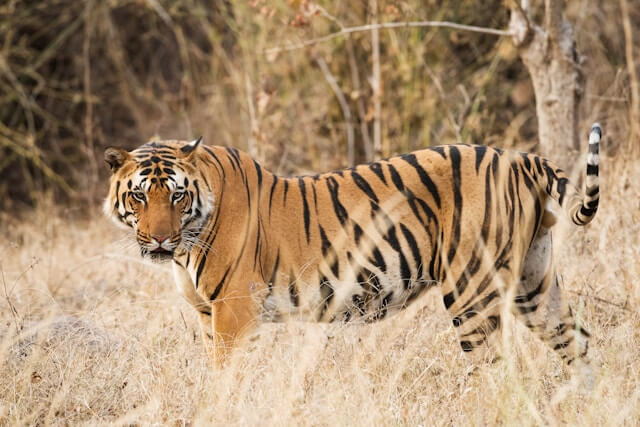
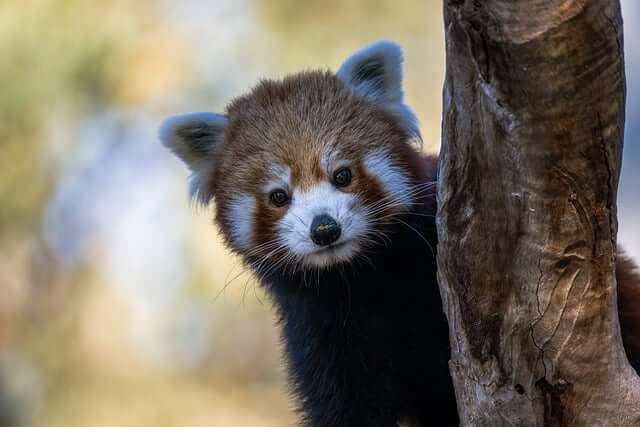

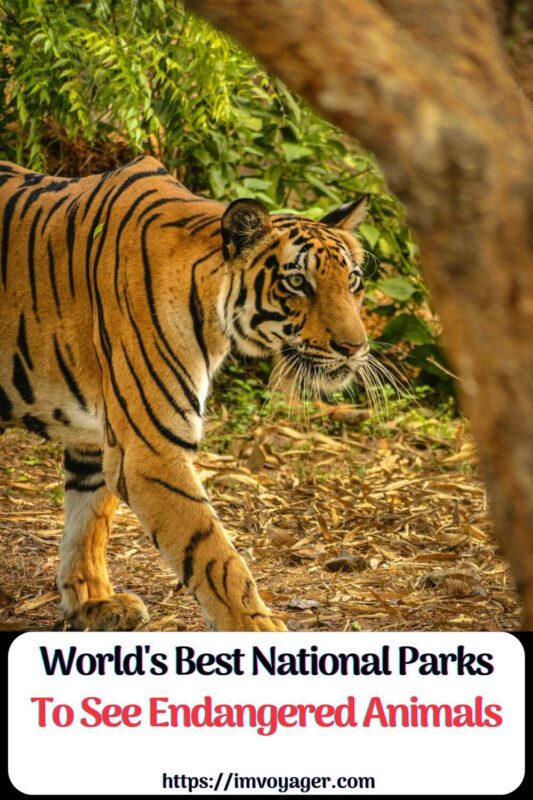






Having studied about Orangutans in anthropology, I would love to visit Borneo and its national parks.
Seeing the title, I was expecting Kaziranga National Park of Assam, India, to be on the list, too.
Amboseli National Park is a good addition.